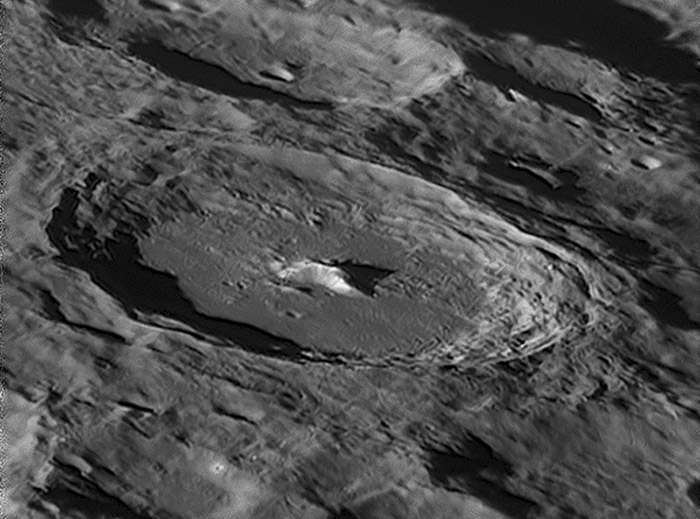Difference between revisions of "November 16, 2013"
| Line 1: | Line 1: | ||
__NOTOC__ | __NOTOC__ | ||
=Pythagoras South= | =Pythagoras South= | ||
| − | |||
<!-- ws:start:WikiTextHeadingRule:0:<h1> --> | <!-- ws:start:WikiTextHeadingRule:0:<h1> --> | ||
<!-- ws:start:WikiTextLocalImageRule:6:<img src="/file/view/LPOD-Nov16-13.jpg/469516482/LPOD-Nov16-13.jpg" alt="" title="" /> -->[[File:LPOD-Nov16-13.jpg|LPOD-Nov16-13.jpg]]<!-- ws:end:WikiTextLocalImageRule:6 --><br /> | <!-- ws:start:WikiTextLocalImageRule:6:<img src="/file/view/LPOD-Nov16-13.jpg/469516482/LPOD-Nov16-13.jpg" alt="" title="" /> -->[[File:LPOD-Nov16-13.jpg|LPOD-Nov16-13.jpg]]<!-- ws:end:WikiTextLocalImageRule:6 --><br /> | ||
| − | <em>image by [mailto://aerts.leo@skynet.be Leo Alerts], Belgium</em><br /> | + | <em>image by [mailto://aerts.leo@skynet.be" rel="nofollow Leo Alerts], Belgium</em><br /> |
<br /> | <br /> | ||
| − | Recently LPOD compared the north polar region crater [http://lpod.wikispaces.com/November+13%2C+2013 Pythagoras] to Copernicus in that both are large complex craters with terraces, central peaks and mostly flat floors. Like Pythagoras, Moretus, near the south pole, is older than Copernicus, based on its [http://www.lroc.asu.edu/news/index.php?/archives/790-A-Unique-View-Of-The-Moon.html lack] of a ray system. Comparison of the LRO QuickView images of the two craters (both at a resolution of 125 m) shows that [http://bit.ly/18BPyAt Moretus] has more small craters on its floor than does [http://bit.ly/1hMq4tJ Pythagoras] suggesting that the southern crater is older. Like it opposite pole cousin, Moretus originally had a floor veneered with impact melt but over time is was gardened, maybe rototilled, by random impacts so that the flatness remains but the impact surface texture is gone. Oh, if only we had been observing a billion years ago when the two polar craters were fresh with streaming rays, and Copernicus might still be hot with incandescent melt lighting up its floor. Tycho, was still 900 m.y. in the future.<br /> | + | Recently LPOD compared the north polar region crater [http://lpod.wikispaces.com/November+13%2C+2013 Pythagoras] to Copernicus in that both are large complex craters with terraces, central peaks and mostly flat floors. Like Pythagoras, Moretus, near the south pole, is older than Copernicus, based on its [http://www.lroc.asu.edu/news/index.php?/archives/790-A-Unique-View-Of-The-Moon.html" rel="nofollow lack] of a ray system. Comparison of the LRO QuickView images of the two craters (both at a resolution of 125 m) shows that [http://bit.ly/18BPyAt" rel="nofollow Moretus] has more small craters on its floor than does [http://bit.ly/1hMq4tJ" rel="nofollow Pythagoras] suggesting that the southern crater is older. Like it opposite pole cousin, Moretus originally had a floor veneered with impact melt but over time is was gardened, maybe rototilled, by random impacts so that the flatness remains but the impact surface texture is gone. Oh, if only we had been observing a billion years ago when the two polar craters were fresh with streaming rays, and Copernicus might still be hot with incandescent melt lighting up its floor. Tycho, was still 900 m.y. in the future.<br /> |
<br /> | <br /> | ||
| − | <em>[mailto:tychocrater@yahoo.com Chuck Wood]</em><br /> | + | <em>[mailto:tychocrater@yahoo.com" rel="nofollow Chuck Wood]</em><br /> |
<br /> | <br /> | ||
<strong>Technical Details</strong><br /> | <strong>Technical Details</strong><br /> | ||
Revision as of 22:52, 4 January 2015
Pythagoras South

image by " rel="nofollow Leo Alerts, Belgium
Recently LPOD compared the north polar region crater Pythagoras to Copernicus in that both are large complex craters with terraces, central peaks and mostly flat floors. Like Pythagoras, Moretus, near the south pole, is older than Copernicus, based on its " rel="nofollow lack of a ray system. Comparison of the LRO QuickView images of the two craters (both at a resolution of 125 m) shows that " rel="nofollow Moretus has more small craters on its floor than does " rel="nofollow Pythagoras suggesting that the southern crater is older. Like it opposite pole cousin, Moretus originally had a floor veneered with impact melt but over time is was gardened, maybe rototilled, by random impacts so that the flatness remains but the impact surface texture is gone. Oh, if only we had been observing a billion years ago when the two polar craters were fresh with streaming rays, and Copernicus might still be hot with incandescent melt lighting up its floor. Tycho, was still 900 m.y. in the future.
" rel="nofollow Chuck Wood
Technical Details
Nov 14, 2013. Celestron 14 + dispersion corrector + redfilter + 1.8x barlow + DMK21AU618 webcam.
Related Links
21st Century Atlas charts 15 & L4



